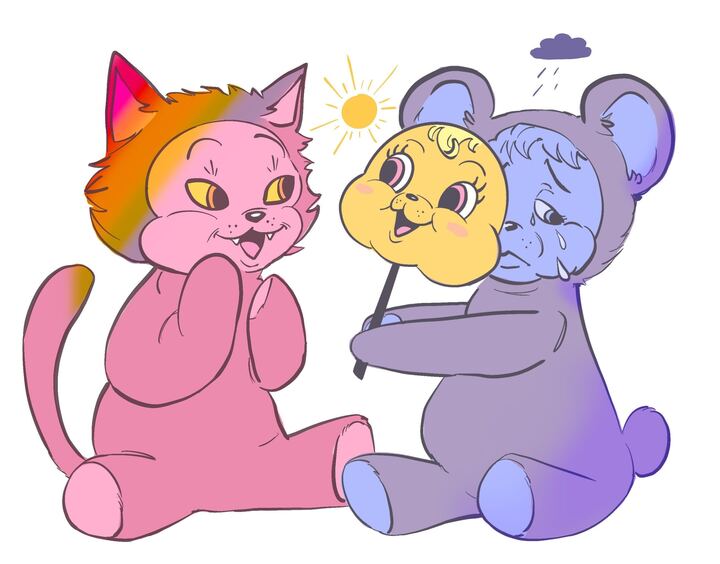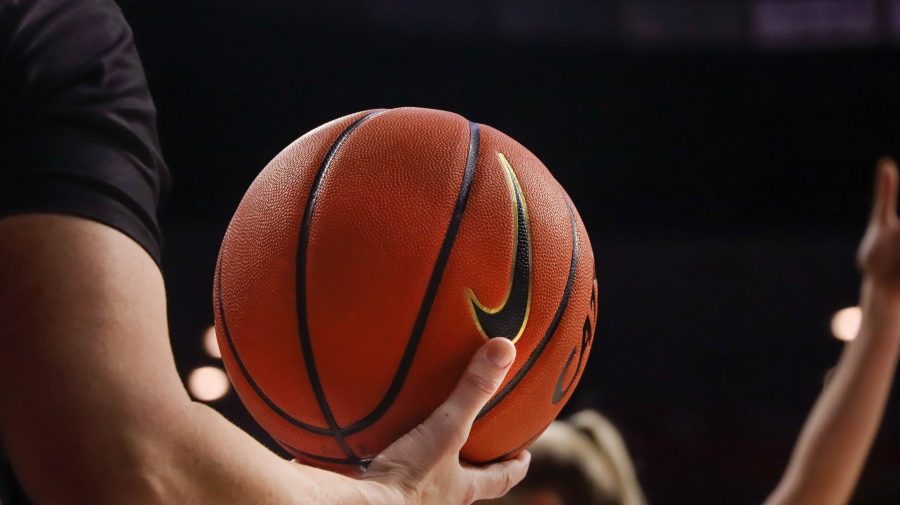
In 2014, Columbia University in the City of New York — an Ivy League school — received about 26,000 applications from high school students around the country. In 2015, that number jumped by almost 10,000. It’s no wonder that their acceptance rate dropped significantly, from an already-competitive 9.2 percent to a mere 6.9 percent.
Columbia is not unique in this increase, though its was certainly the most drastic. From 2014 to 2015, every school in the Ivy League experienced a spike in their applications. In a similar fashion, all but one, Princeton University, saw their admissions rates become more competitive.
Students are resorting to drastic measures to be accepted to these top-tier universities. In 2009, Lipman Hearne published a study showing that 26 percent of so-called “high achieving” high school seniors hired a private college counselor. The industry continues to be lucrative, with at least three professional organizations currently offering affiliation for private counseling. These services could run a family upwards of several thousand dollars, all for the lofty promise of navigating through the waters of the college admissions process.
Meanwhile, families are also paying hundreds of dollars for prep courses for standardized tests, such as the SAT, which can ostensibly raise a student’s chances of being accepted to a “better” university.
They’re also using options like Early Decision admissions, which supposedly raise a student’s odds but also force the student to attend the university if they are accepted. In the case of the Ivies, again, every school experienced a jump in early applications over the past two years.
The question then becomes: What are the effects these shifts are having on the most invested party — the students themselves?
In short, it’s not good. College admissions in America are changing. The focus is moving away from practical factors such as cost and location and instead on an elusive “perfect fit” and “dream school” that will supposedly provide university students with a top-tier education.
In other words, students are putting their self-esteem on the line for a decision that, ultimately, is more about celebratory Facebook posts and neighborhood bragging rights than it is about an actual “perfect fit.”
“I had a hard time my senior year,” said Jennifer Wong, a UA freshman studying physiology and classics. “I felt like where I went to college would define me. I was stressed all the time.”
The stress is starting to show. Fifty percent of high school students identified as suffering from some kind of mental illness, with depression and anxiety the most common. Worryingly, suicide is now the third leading cause of death among young people from ages 15 to 24.
While college admissions are obviously not the sole factor influencing this increase in mental health issues, it’s certainly not helping when we put incredible amounts of pressure on young people, making their self esteem central to a decision that is almost entirely out of their control. This is no kind of pressure to put on a young person.
Other forms of health are being affected as well. The Centers for Disease Control and Prevention reported sleep deficiency as a public health epidemic, which other studies have shown can also lead to depression and suicide. In their race for a perfect resume, high school students are missing out on sleep during a time when it’s crucial for their development.
As college acceptances begin to trickle in, society needs to think about the pressure it is putting on its seniors. With more and more students believing that a university education is the key to unlocking their future, it’s important to ensure that they don’t burn out before they even get there.
_______________
Maddie Pickens is an economics freshman. Follow her on Twitter.








